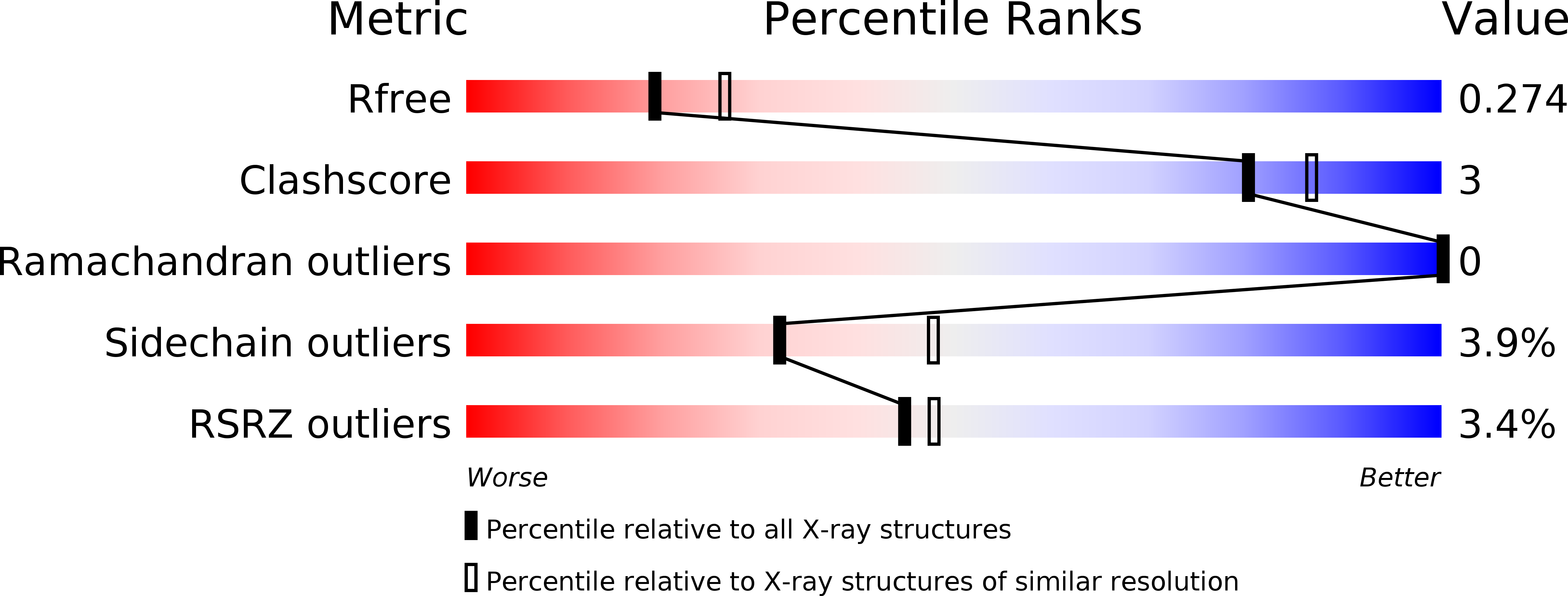
Deposition Date
2020-04-22
Release Date
2020-07-01
Last Version Date
2024-04-03
Entry Detail
PDB ID:
6WNL
Keywords:
Title:
human Artemis/SNM1C catalytic domain, crystal form 2
Biological Source:
Source Organism:
Homo sapiens (Taxon ID: 9606)
Host Organism:
Method Details:
Experimental Method:
Resolution:
2.37 Å
R-Value Free:
0.28
R-Value Work:
0.22
Space Group:
P 21 21 21


